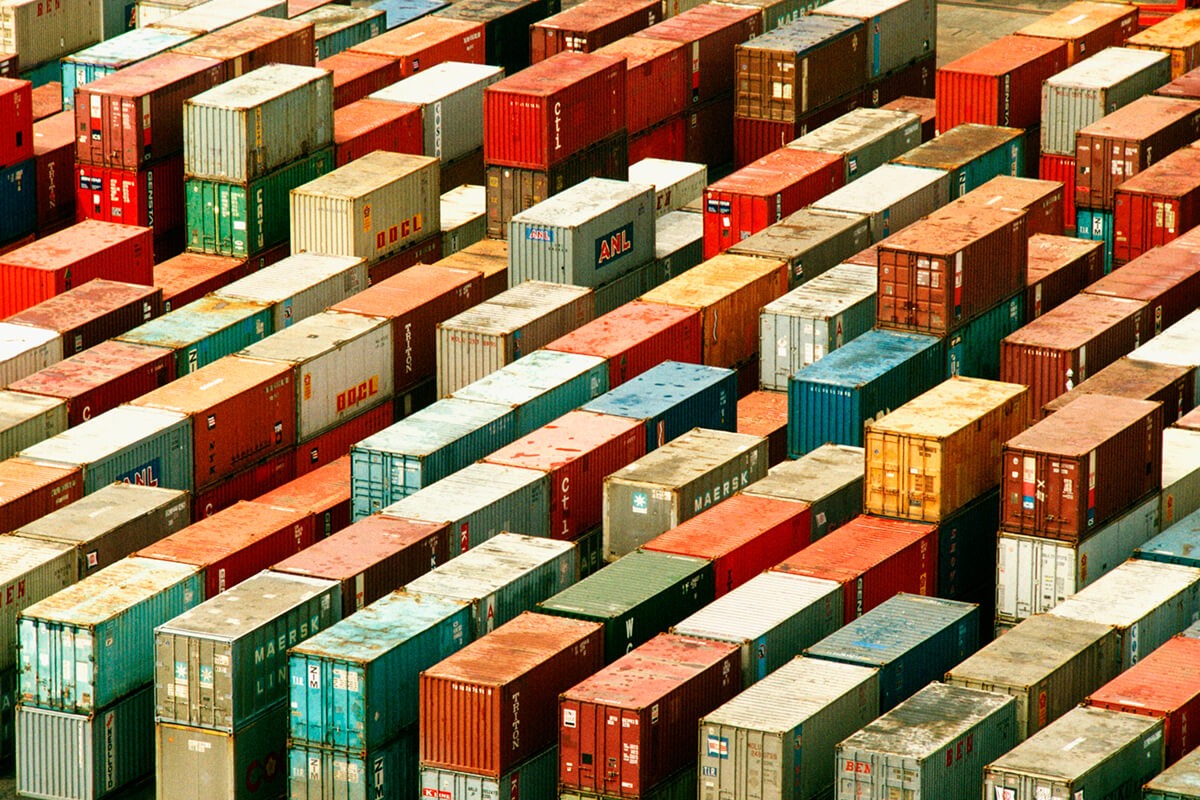VIDEO EMBED
Our podcast on Asia notes that China is only a medium-term risk. Despite high levels of domestic credit we believe that China’s strong balance of payments, its state control, and high domestic savings leave it in a relatively strong position.
The same can’t be said for all of Asia. Within North Asia, Hong Kong is most vulnerable, mainly because of its USD peg – higher international interest rates will eventually spill over into the local market. This would be particularly negative for Hong Kong’s property market given high prices, although banks are well positioned to withstand any shocks given a series of macro-prudential measures put in place by the HKMA. In Southeast Asia, Malaysia is an extremely open economy and is therefore most vulnerable to external shocks – especially given its limited fiscal room for maneuver.
Given this backdrop, one hedge that could perform well is USD/KRW via topside options. Listen to the podcast for more insights.
The second in our podcast series surveys Latin America. Mexico faces two binary events; the outcome of NAFTA negotiations; and a presidential election where the left has a real chance to win office for the first time in the country’s history. As a result, risks to economic growth and fiscal stability are high. In contrast, while Brazil has failed to address its complex fiscal problems and the need for reform, the Brazilian economy has become more resilient in the past 12 months.
The podcast also explains which countries are likely to prove most resilient should global conditions deteriorate. Listen below:
Our final podcast focuses on emerging EMEA. In this region, the country most at risk from rising interest rates and oil prices as well as growing protectionist threats is undoubtedly Turkey. High growth has spurred inflation and prompted a significant current account deficit. Given that Turkey has a significant amount of debt maturing in 2018, any shift in investor sentiment that slows investor inflows could be problematic. Unstable geopolitics adds to the dangerous mix in Turkey.
Russia has low inflation and a current account surplus; by most metrics it looks stable. However, its dependence on oil prices and vulnerability to geopolitical risks – highlighted by recent additional sanctions – means that it has high vulnerability to external shocks.
One way for investors to play the region is to express a bearish view on TRY vs EURO and USD. Listen to the podcast below to learn more.
All three podcasts draw on our report, which uses a scorecard approach to measure balance of payments and domestic credit risk for 20 EM countries.
We use this as a building block for deep, granular assessment of EM vulnerabilities to external shocks. In the final analysis, we group Hong Kong, Malaysia, Mexico, Romania and Turkey as highly vulnerable; Chile, Hungary, Poland, Taiwan and Thailand as least vulnerable, with the others in between.
From a strategy perspective, EM FX faces potential headwinds from rising US interest rates – specifically KRW, IDR, MYR, TRY, MXN and COP – while rising protectionism would be most negative for Northeast Asia FX, SGD, MYR and MXN.
Read the full report here. For more insight and analysis, visit our Themes and Trades page.











